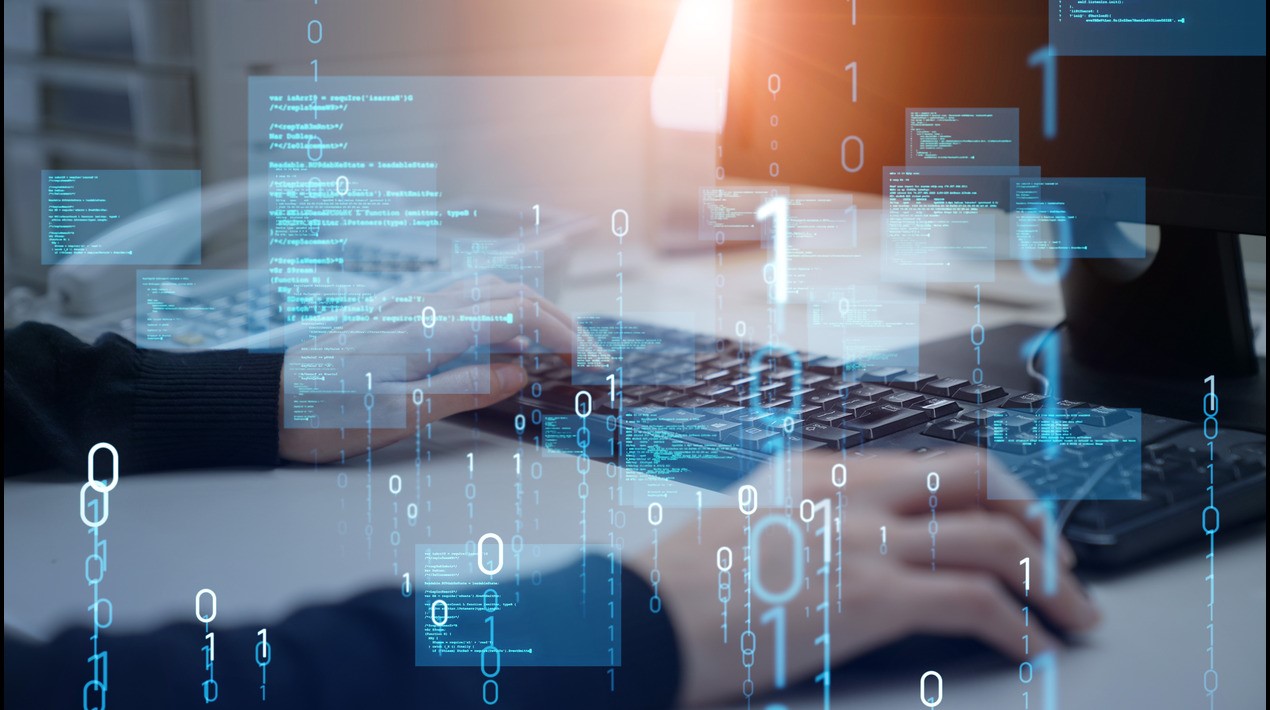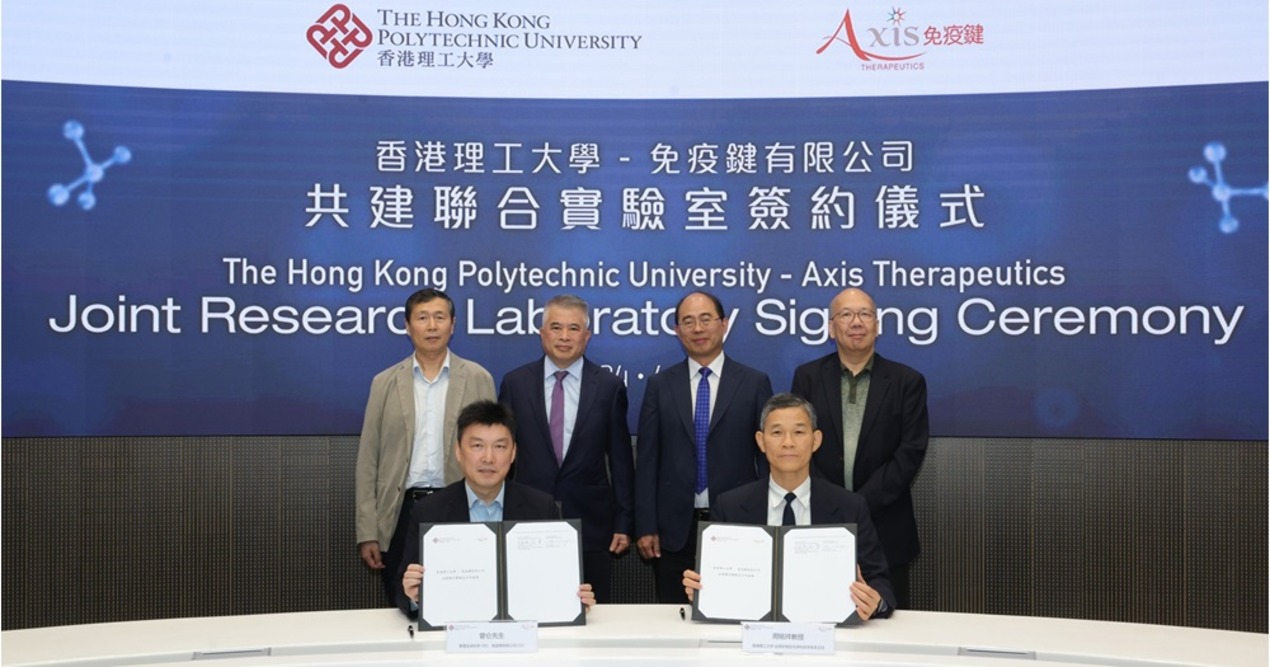
An announcement
made by the Victoria Government highlighted the funding it will invest to
increase access and participation of regional Victorian communities to the
booming startup sector of Victoria.
Minister for Innovation and the Digital
Economy Philip Dalidakis said, “Every startup has a role to play in Victoria’s
future, whether they’re from Mildura or Maribyrnong, and this investment will
ensure regional Victorian startups have access to the same resources as those
in the city.”
A$2.4 million will be invested by the
Andrews Labor Government to boost access and participation in the booming startup
sector of Victoria. Focus will be directed towards the regional Victorian
communities.
According to the report, the funding will
be invested by the Victoria Government through LaunchVic and will be supporting
15 projects, such as boot camps, mentoring, meetups, hackathons, masterclasses
and workshops, across 26 local government areas in Victoria.
Funding will range from A$50,000 to
A$400,000 in order to support start-up and entrepreneurial activity in the
local regions.
Councils in regional Victoria, such as
Warrnambool, Corangamite, Moyne, Ballarat, Latrobe, Wellington, Bass Coast, Baw
Baw, Towong, Benalla, Indigo, Mansfield, Wangaratta and Mildura, are set to
receive either direct or consortia funding.
Moreover, the Councils that are set to
receive funding in Melbourne include Whittlesea, Melton, Casey, Cardinia,
Brimbank, Moreland, Maribyrnong, Hume, Dandenong, Wyndham, Hobsons Bay and
Moonee Valley.
According to the annual Mapping Victoria’s
Startup Ecosystem survey by LaunchVic, only 3% of the state’s startups are located
outside of inner Melbourne. They are distributed across only three regional
centres in Geelong, Bendigo, and Ballarat.
This investment complements the Startup
Guide and Toolkit of LaunchVic which was released late last year to help
councils secure funding to implement programs and activities that nurture
startup activity and encourage greater participation within their communities.
Minister for Regional Development Jaala
Pulford said, “Ballarat is already establishing a great startup culture and
we’re excited about regional Victoria taking full advantage of its potential.”
LaunchVic CEO Dr Kate Cornick said, “LaunchVic
has prioritised diversity and inclusion as part of its strategy and this
funding complements previous activities by supporting entrepreneurs in outer
Melbourne and our regions.”
A recent announcement that was released
earlier reported on the funding invested by the Victoria Government through
LaunchVic in order to accelerate the growth of health startups and capitalise
on the strong medical industry in Victoria.
















